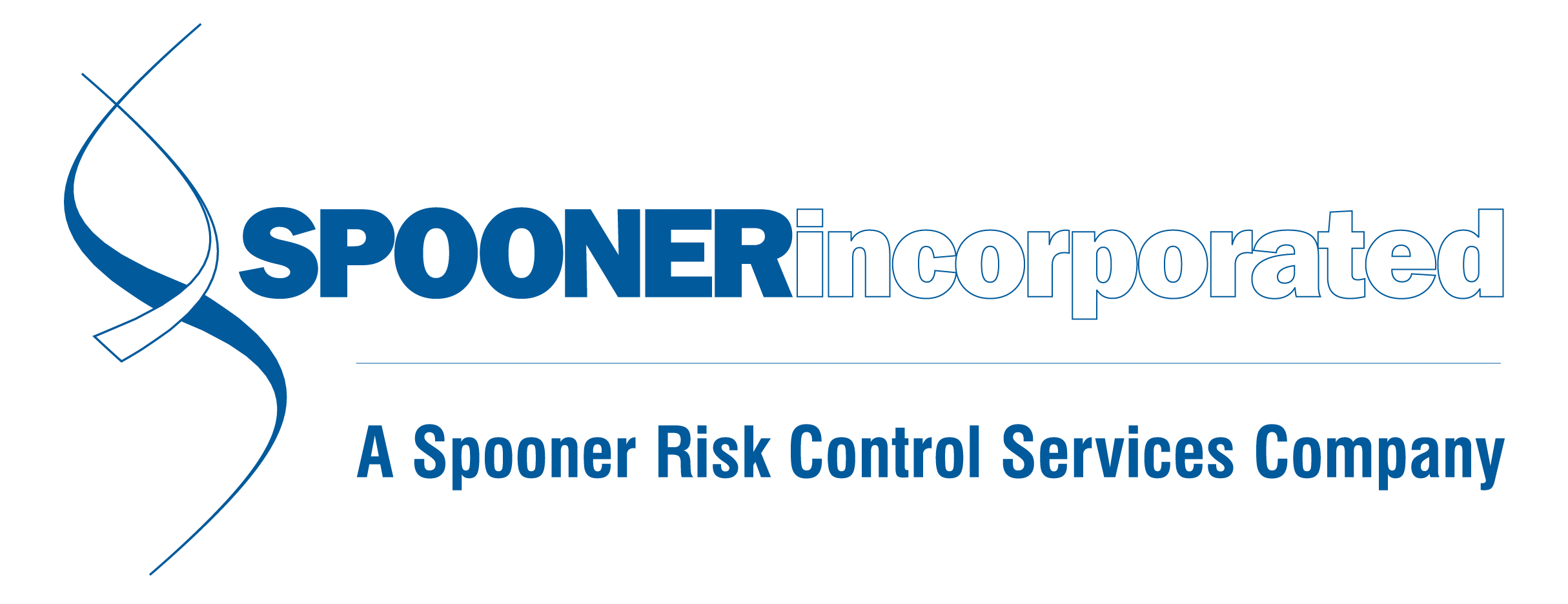News and Updates
Category: Retirement
Retirement Update: Plenty of Changes on Deck for 2024
At the end of October, US Department of Labor (DOL) announced a rule expanding what’s considered “fiduciary investment advice” under the Employee Retirement Income Security ACT, better known as ERISA. This will include guidance from those involved in employer-sponsored retirement plans. The most notable difference will be a change to the five-part test, which will now state that investment advice will be considered fiduciary if the person providing it “does so on a regular basis as part of their business.” The advice must also be “provided under circumstances indicating that the recommendation is based on the particular needs” of the retirement investor, and could potentially be used as a guide in their investment decisions. DOL’s press release states that the update would come into play when financial services providers are charging what they consider “junk fees” for advice, which can cut into the funds saved. An attempt was made by DOL in 2015 to update the definition of “fiduciary,” but fell apart after a circuit court vacated the rule before it could be enforced. The IRS also recently announced plenty of changes in store for 2024, all part of the SECURE 2.0 Act. The headliner of these changes that will impact the majority of people saving for retirement - the maximum employee contribution for 401(k) retirement plans will increase next year. With a $500 increase from 2023, e
How the Spending Bill & Other New Laws Could Impact Your Business
Secure Act 2.0 Narrowly missing our December newsletter, the SECURE Act 2.0 (SA2) was included in the $1.7 trillion omnibus spending package signed into law on 12/29/22. If the acronym for the long-winded “Setting Every Community Up for Retirement Enhancement” sounds familiar, that’s because it’s an expansion of 2019’s SECURE Act. The 2.0 version contains laws intended to provide incentives to both employers and employees to grow retirement plans, and hopefully shore up savings for late starters or those whose retirement funds may have suffered losses in the market over the last couple of years. Unless otherwise noted, these changes will be effective January 1, 2024. Here are some of the high points on requirements: SA2 broadens eligibility for some small businesses to qualify for a credit that would cover the administrative costs of setting up a workplace retirement plan. Beginning in 2025, employers with retirement plans will be required to auto-enroll employees once eligible, at a minimum of 3% of the employee’s wages (no more than 10%) and will be increased by 1% each year (also no more than 10%). Employees can opt out of this automated enrollment if they choose. Catch-up limits: We talked about the initial changes back in December, but the SA2 will allow a second increase to participants ages 60, 61, 62, and 63 – effective plan years 2024 and later. Most plans will have a limit of a $10,000 catch-up, whereas simple plans wil


